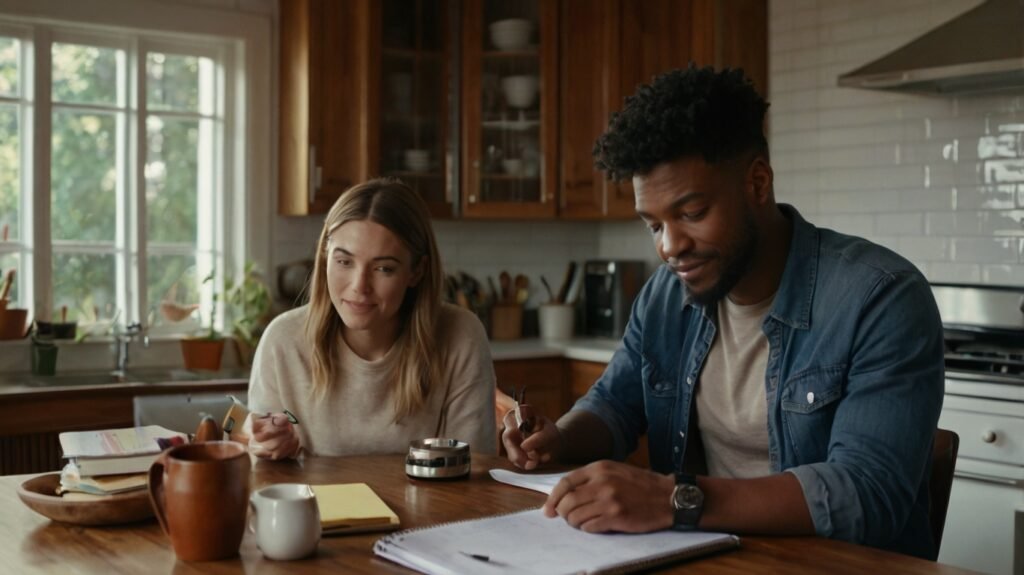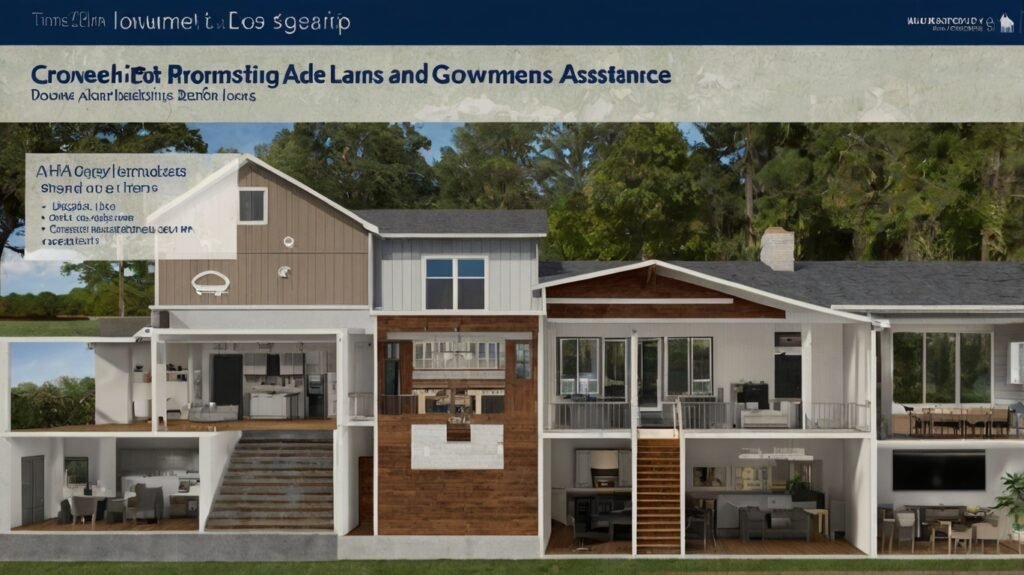Saving for a down payment on your first home can seem like a daunting task, right? But here’s the thing: it’s one of the most important steps toward homeownership. You want to make sure you’ve got enough set aside to cover the initial costs, but it doesn’t have to be overwhelming if you break it down step by step. Whether you’re dreaming of your first apartment or a cozy house, saving for a down payment is your golden ticket.
Understanding What a Down Payment Is
Before diving in, let’s make sure we’re on the same page about what a down payment is. Essentially, a down payment is the portion of the total home price that you pay upfront when purchasing a property. The typical amount is anywhere from 5% to 20% of the home’s value, depending on the type of loan you qualify for. For example, if you’re buying a home that costs $300,000, a 20% down payment would be $60,000. That’s a significant chunk, but it’s doable if you plan ahead!
Setting Clear Financial Goals
Once you know how much you’ll need, it’s time to get organized. Start by calculating exactly how much you want to save based on your target home price. Then, break it down into manageable monthly savings goals. For instance, if your goal is $40,000 and you plan to buy in 4 years, you’ll need to save about $833 per month. Seeing these numbers can make it easier to stay focused and motivated.
Researching Mortgage Requirements
It’s a good idea to familiarize yourself with the types of mortgage loans available. Some loans, like conventional ones, require a larger down payment, while others, such as FHA loans, allow for a lower down payment. This is why understanding mortgage requirements early on can help you set realistic savings targets.
Choosing a Realistic Timeframe
When setting a timeframe, be honest with yourself. Sure, we’d all love to save $50,000 in a year, but is that realistic given your current income and expenses? Probably not. Balance an aggressive savings approach with a practical one, and remember that consistency is key.

Budgeting for a Down Payment
Now comes the fun part: budgeting. Start by tracking your income and expenses. Where is your money going each month? Once you know that, create a dedicated savings plan.
Reducing Unnecessary Expenses
We all have those little luxuries we don’t need. Maybe it’s daily takeout or subscriptions you forgot about. By cutting back on unnecessary expenses, you can put more towards your down payment fund. Every little bit adds up!
Increasing Your Income
Can’t cut any more from your budget? Consider boosting your income. Whether it’s picking up a side hustle, freelancing, or selling unused items, there are tons of ways to bring in extra cash.

Opening a Dedicated Savings Account
One of the best ways to stay disciplined is to open a separate savings account for your down payment. By keeping it apart from your regular checking or savings accounts, you’ll be less tempted to spend it.
High-Interest Savings Accounts
If you’re serious about growing your savings, look for a high-interest savings account. These accounts offer better rates than your typical bank, helping your money grow faster without lifting a finger.
Certificates of Deposit (CDs)
Certificates of Deposit (CDs) are another safe option if you want to lock in your savings for a specific period. Just be mindful of the commitment — your money will be tied up for the duration of the CD term.
Automating Your Savings
Automation is a game changer! Set up automatic transfers from your checking account to your dedicated savings account each month. This way, you won’t have to think about it — the money will be saved automatically.
Apps and Tools for Saving
There are a ton of apps that can help you save faster. Apps like Digit, Qapital, or Acorns round up your purchases to the nearest dollar and stash the spare change into a savings account. You’d be surprised how fast small amounts add up.
Taking Advantage of Government Programs
If you’re a first-time homebuyer, you might qualify for government programs that can assist with your down payment.
FHA Loans
FHA loans are popular because they require as little as 3.5% down. While you’ll need to meet certain eligibility criteria, this can make homeownership more attainable.

Down Payment Assistance Programs
Many states offer down payment assistance programs. These programs provide grants or loans to help you cover the down payment, making it easier to get into your first home.
Avoiding Common Pitfalls
When saving for a down payment, don’t fall into the trap of not saving enough or dipping into your fund for non-essential purchases. Stay focused on your goal and resist the urge to splurge.
Conclusion
Saving for a down payment might seem like a huge task, but with a clear plan, realistic goals, and a bit of discipline, you’ll be on your way to homeownership before you know it. Take small steps, stay consistent, and remember that every dollar saved gets you closer to your dream home.
FAQs
1. How much should I save for a down payment?
It depends on the cost of the home and the type of mortgage. Typically, you’ll want to save 5% to 20% of the home’s purchase price.
2. How long does it take to save for a down payment?
This varies based on your income and savings rate. On average, it could take 3 to 5 years.
3. Can I buy a home with less than 20% down?
Yes! FHA loans and other programs allow for lower down payments, sometimes as low as 3%.
4. What’s the best way to increase my savings quickly?
Consider side hustles, cutting unnecessary expenses, and using saving apps.
5. Are there any government grants for first-time homebuyers?
Yes, many states offer down payment assistance programs, and FHA loans are also an option.
